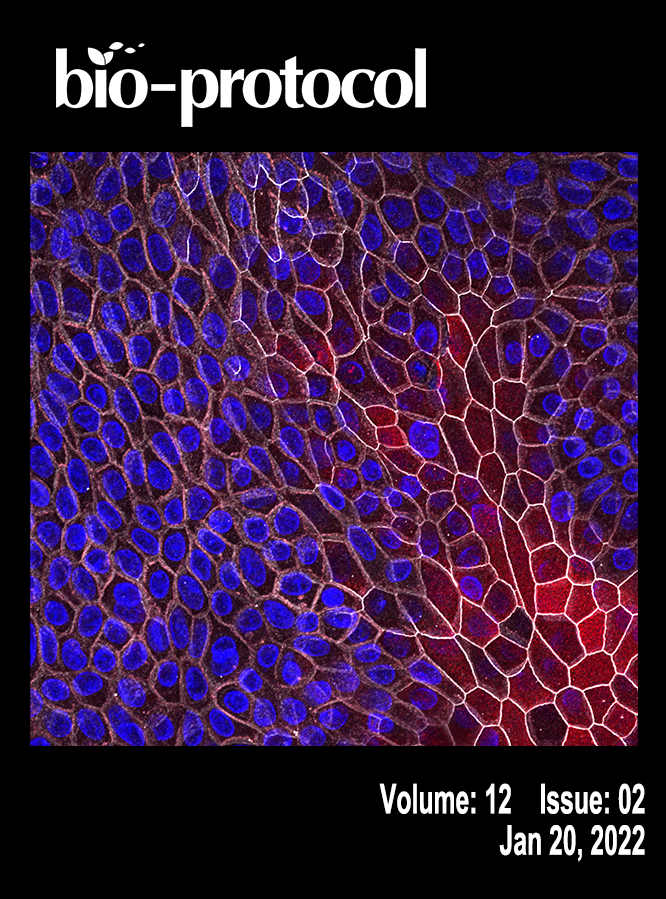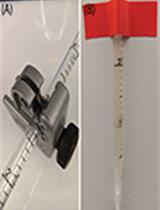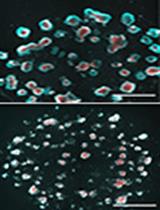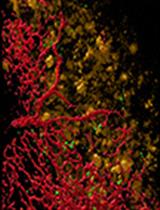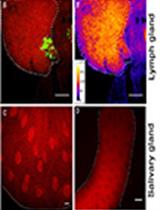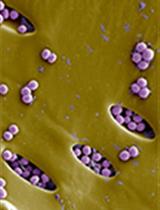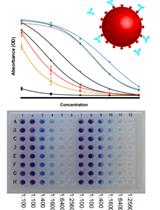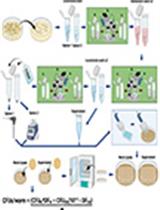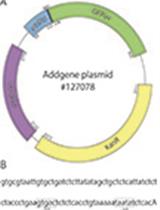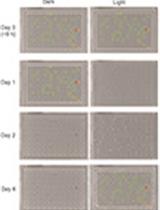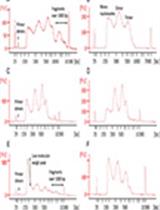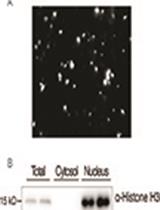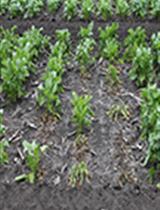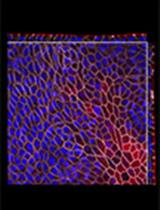往期刊物2022
卷册: 12, 期号: 2
生物工程
Measuring Oligonucleotide Hydrolysis in Cellular Lysates via Viscosity Measurements
通过粘度测量细胞裂解液中寡核苷酸的水解
癌症生物学
Preparation and Cultivation of Colonic and Small Intestinal Murine Organoids Including Analysis of Gene Expression and Organoid Viability
小鼠结肠和小肠类器官的制备和培养,包括基因表达和类器官活力的分析
An Alternative Technique for Monitoring the Live Interaction of Monocytes and Tumor Cells with Nanoparticles in the Mouse Lung
一种监测小鼠肺中单核细胞和肿瘤细胞与纳米颗粒实时相互作用的替代技术
发育生物学
Combination of Immunofluorescence and Quantitative Fluorescence In-situ Hybridization for Analysing Differential Gene Expression in the Niche Cells of the Drosophila Lymph Gland
结合免疫荧光和定量荧光原位杂交分析果蝇淋巴腺小细胞中的差异基因表达
药物发现
Rapid in vitro and in vivo Evaluation of Antimicrobial Formulations Using Bioluminescent Pathogenic Bacteria
使用生物发光病原菌的抗菌制剂的体内外快速评价
免疫学
A High-throughput Automated ELISA Assay for Detection of IgG Antibodies to the SARS-CoV-2 Spike Protein
一种高通量自动ELISA检测SARS-CoV-2刺突蛋白IgG抗体的方法
微生物学
Quantification of Bacterial Loads in Caenorhabditis elegans
秀丽隐杆线虫细菌负荷的定量研究
Simple Scalable Protein Expression and Extraction Using Two-stage Autoinducible Cell Autolysis and DNA/RNA Autohydrolysis in Escherichia coli
利用两阶段自诱导细胞自溶和DNA/RNA自水解在大肠杆菌中表达和提取蛋白
High-throughput Growth Measurements of Yeast Exposed to Visible Light
酵母暴露于可见光下的高通量生长测量
分子生物学
ATAC Sequencing Protocol For Cryopreserved Mammalian Cells
哺乳动物冷冻保存细胞的ATAC测序方法
神经科学
Trichloroacetic Acid Fixation and Antibody Staining of Zebrafish Larvae
斑马鱼幼虫三氯乙酸固定及抗体染色
Reconstitution of Membrane-associated Components of a G-protein Signaling Pathway on Membrane-coated Nanoparticles (Lipobeads)
膜包裹的纳米颗粒上g蛋白信号通路的膜相关组分的重构
植物科学
Fractionation and Extraction of Crude Nuclear Proteins From Arabidopsis Seedlings
拟南芥幼苗核蛋白的分离与提取
Rhizoctonia solani Infection Assay of Young Sugar Beet and Arabidopsis plantlets
甜菜和拟南芥幼苗丝核枯菌侵染试验
干细胞
From 3D to 2D: Harmonization of Protocols for Two-dimensional Cultures on Cell Culture Inserts of Intestinal Organoids from Various Species
从三维到二维:不同物种肠道类器官细胞培养插件的二维培养方法的协调
Flow Cytometry Analysis of Planarian Stem Cells Using DNA and Mitochondrial Dyes
利用DNA和线粒体染料流式细胞术分析涡虫干细胞


